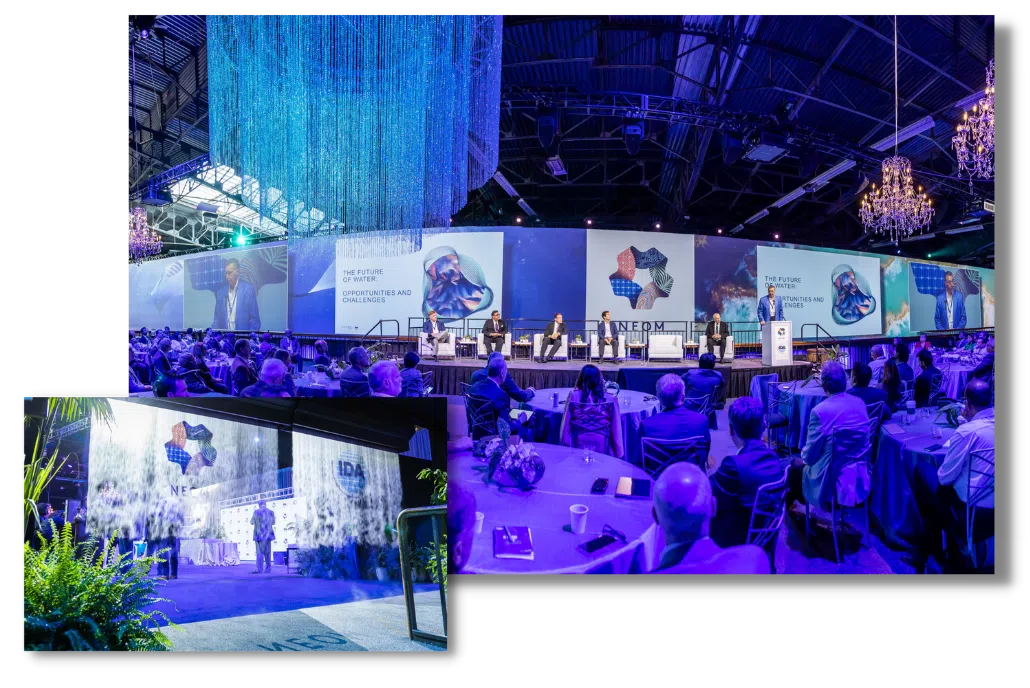Revolutionizing Engagement Via the Seamless Fusion of Digital Reality and Face-to-Face Interactions in Hybrid Occasions
Revolutionizing Engagement Via the Seamless Fusion of Digital Reality and Face-to-Face Interactions in Hybrid Occasions
Blog Article
Blended gatherings are growing more popular as they merge the best elements of both in-person and online experiences. This creative method allows attendees to engage with material and each other in ways that were not possible previously. By incorporating virtual technology into these events, planners can create engaging encounters that enhance involvement and interaction. This smooth blend of virtual and real-world elements can lead to more significant connections among attendees, whether they are there in person or participating remotely.
One of the key advantages of using virtual technology in hybrid events is the capability to create a shared space for all participants. In a conventional setting, in-person participants might have access to specific activities or experiences that virtual attendees cannot experience. However, with virtual reality, everyone can explore the same virtual environment, regardless of their position. This technology allows for interactive displays, virtual connecting chances, and even gamified experiences that can captivate viewers. As a result, attendees feel more included and connected, leading to a richer overall experience.
Moreover, VR reality can help break down obstacles that often occur in hybrid events. For example, virtual attendees may feel disconnected or disengaged click here now from the central gathering. By incorporating virtual reality, planners can create a sense of involvement that makes virtual attendees feel as if they are part of the event. This can be realized through features like virtual avatars, which allow attendees to interact with one another in live. Such connections can foster cooperation and connecting, making it easier for individuals to connect and exchange thoughts, regardless of their physical location.
In addition to improving engagement, the use of virtual technology in blended gatherings can also provide important insights and information for planners. By monitoring attendee interactions and behaviors within the virtual environment, gathering organizers can collect data on what elements of the gathering were most captivating. This information can be used to enhance upcoming gatherings, ensuring that they satisfy the requirements and wants of participants. Understanding how attendees interact with both the virtual and physical components can lead to more effective event approaches and improved overall encounters.
Finally, the integration of VR technology and physical engagements in hybrid events represents a significant shift in how we conduct meetings and conventions. As innovation continues to evolve, the potential for creating engaging and interactive experiences will only grow. By embracing this new framework, gathering organizers can transform the way individuals engage, educate, and collaborate. The future of hybrid events is bright, and the seamless combination of VR technology will play a key role in shaping that future.